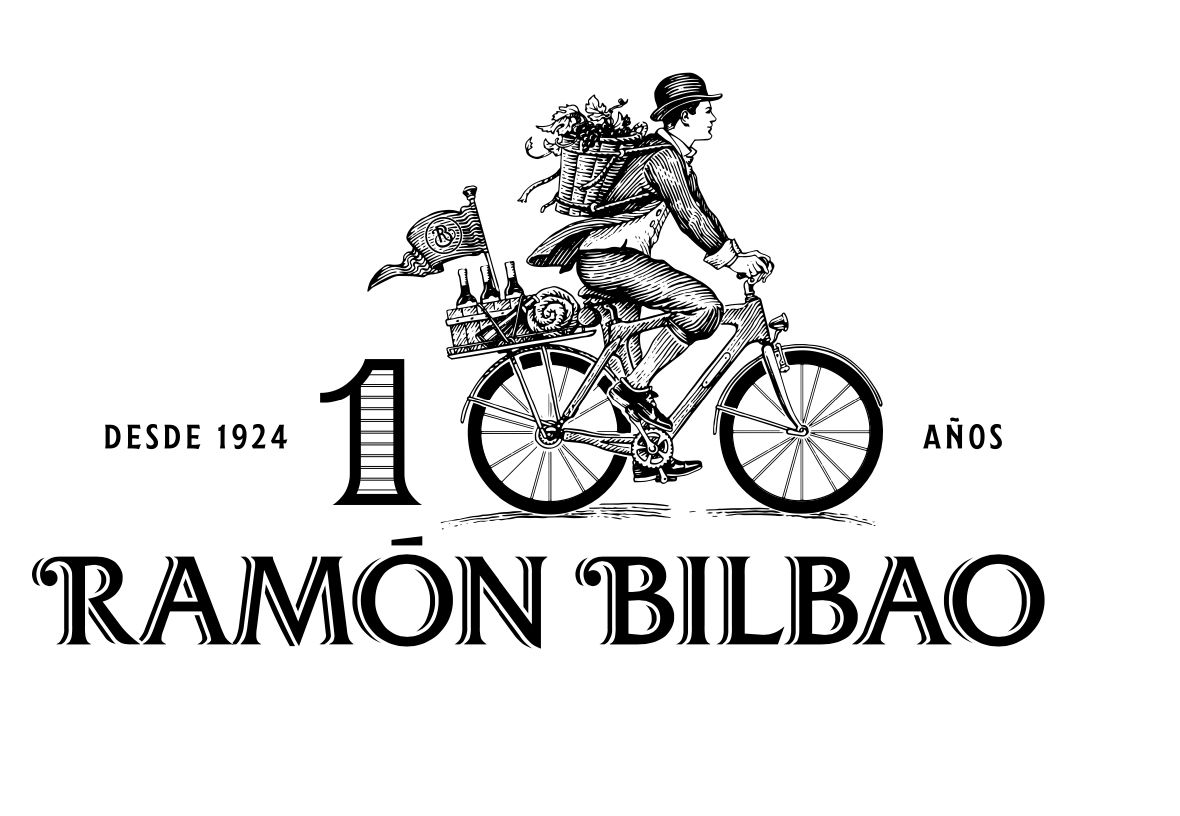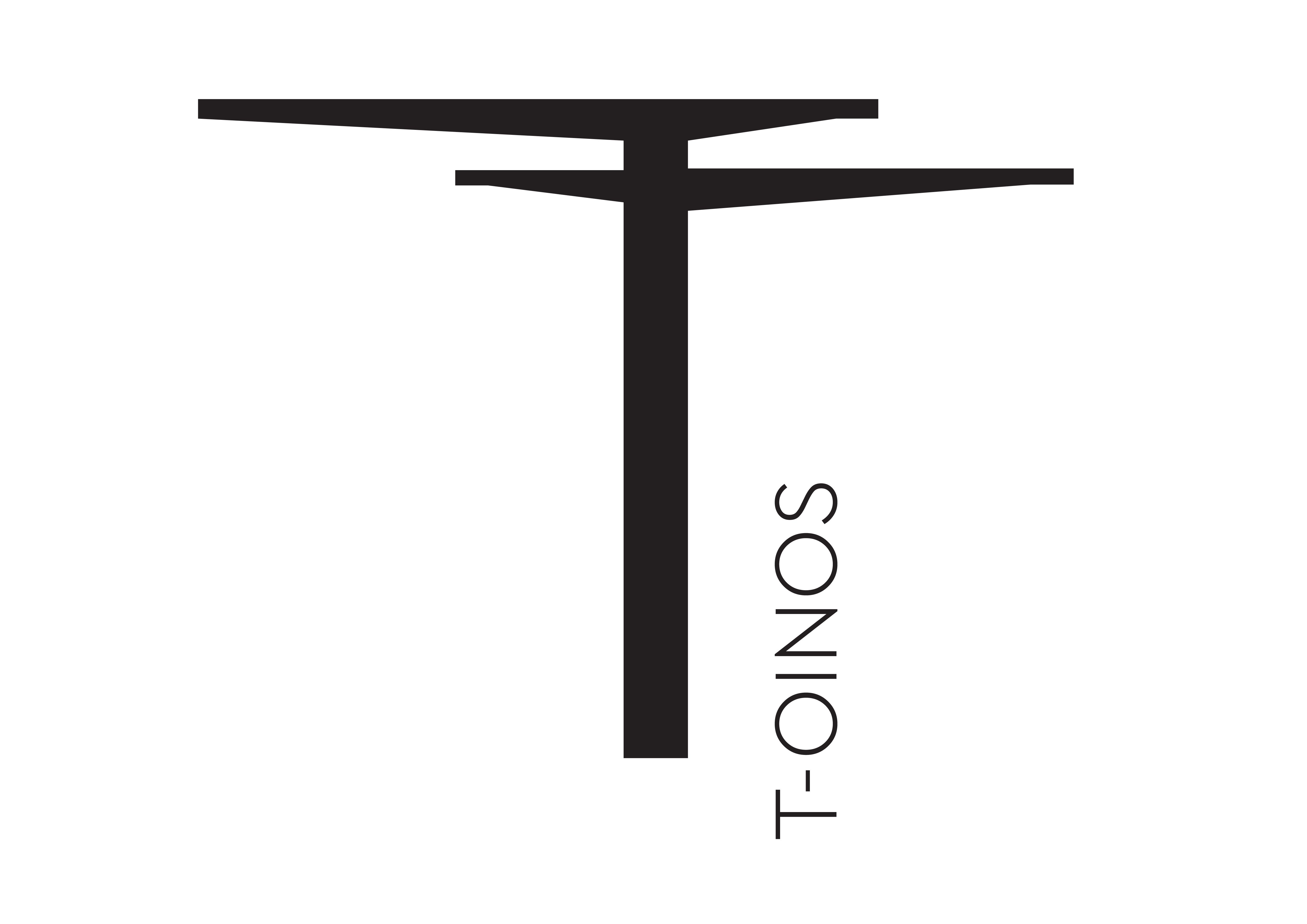When it comes to annual results the devil is always in the detail. The Buyer dissects Conviviality PLC’s end of year results to see what it tells us about its future growth potential and influence on the UK drinks industry.
It’s rare in a sector as big and as varied as the drinks industry to have dates in time that everyone remembers where they were when a certain event happened.
June 24, 2016 was certainly one of them. Whether you had either stayed up all night to see the result of the EU referendum unfold in front of you, or wake up to the news that the UK had voted to leave, we all knew the decision would have enormous ramifications for the drinks industry, which ever way you personally voted.
But that was not the only seismic event to happen that early summer. For if you are directly involved in the importing, distributing, buying and selling of wines and spirits in the UK then May, 2016 will also go down as a set piece date to live long in the memory.
For that was the month that Convivality PLC shocked the trade with the news that it had quietly swept in to buy Bibendum PLB for what is understood to have been a £60m deal.
Now those figures on their own are hardly enough to get you spluttering on your Shredded Wheat – you can get a Manchester City left back for about the same price. It was the fact the deal had come only months after Conviviality PLC had also bought Matthew Clark.
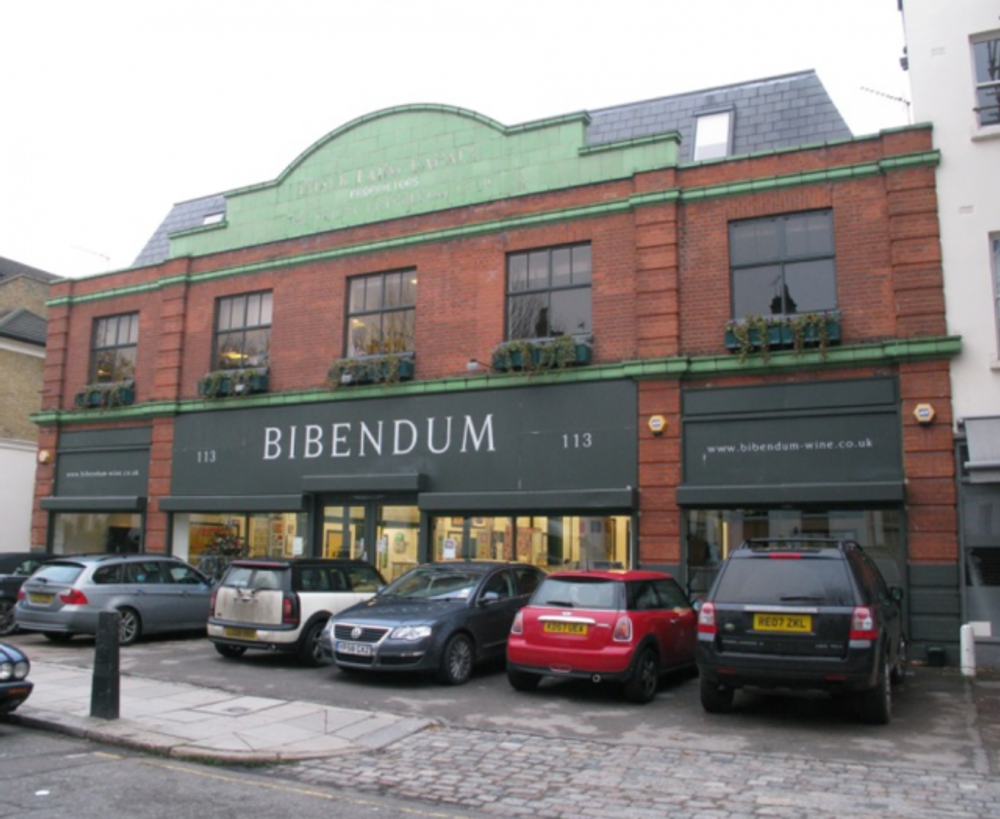
It’s a fair way from Crewe and Conviviality’s HQ but the acquisition of Bibendum PLB has been crucial to its growth strategy
Moving in to the Premier League
In just over half a year Conviviality, which previously had been a largely unassuming drinks retail business with Bargain Booze and Wine Rack, had taken control of two of the top five biggest national drinks distribution business and turned itself in to a £1 billion plus drinks company. With arguably more buying power, and certainly more reach in to every channel of the drinks trade, than the likes of Tesco, Asda or Sainsbury’s
After the initial hullabaloo things have since gone largely quiet at Conviviality HQ. Not surprisingly it was more concerned working out how it was going to bring all these new moving parts in to one business rather than give the trade a running commentary on how it was going about doing it.
But now with its end of year results published it is possible for us all to see what has really been going on up at those Crewe headquarters.
All together now
On the face of it things are coming together quite nicely thank you. For the year to April 30, 2017 it has returned a 147% increase in profits before tax and an 85% jump in sales.
Those figures alone would suggest it has, at least initially, succeeded in combining the different parts of the business.
There has been much talk of the need for consolidation in the drinks industry, and the wine trade in particular. These figures might initially bring some of its competitors out in a cold sweat, but they will also re-assure them that when done right getting bigger can be good for business.
What does the competition do?
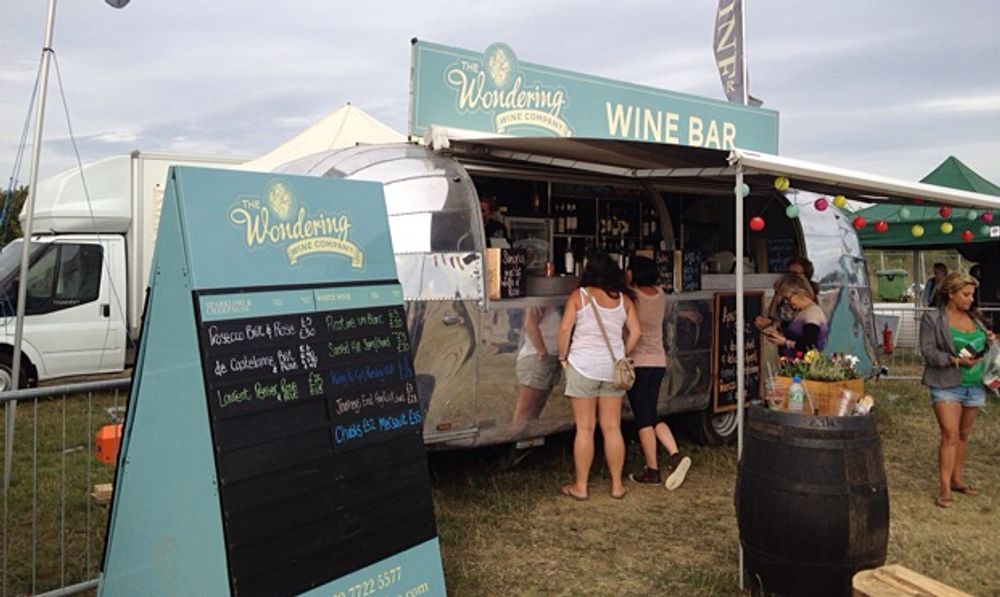
Its Wondering Wine Company, along with its Peppermint business, gives Conviviality direct access to consumers at events and festivals across the country
The sheer scale of Conviviality now means other wine businesses must be looking even more seriously at what steps they can take to close the gap and improve their buying power. The economic background, and the slump in sterling post the EU referendum, may have put the wine trade, in particular, in to defensive mode over the last 12 months, but we can expect to see more of a fightback in the coming years.
The difficulty its competitors now have is that Conviviality is now operating, to a significant scale in all areas of the drinks industry and has a head start in doing so.
From multiple grocers and specialist drinks retailers, thanks mainly to PLB, through to mainstream bars, pubs and hotels, driven by Matthew Clark, and the premium on-trade with Bibendum. Throw in events management, logistics and research and development divisions, and Conviviality is fighting on all fronts.
It all means Conviviality its now turning over £1,560m a year, up that 85% on £841m for the 2016 financial year. Noticeably it adjusted EBITDA was also up 102% to £60.9m on £30.2m in FY16.
Impressive synergies

Liverpool, along with London, Bristol, Brighton, and Glasgow, has been identified as a key growth city in the year ahead
But, arguably, you would expect its revenues and figures to have increased dramatically in line with the sheer scale of the new business.
Its competitors are more likely to be interested in the anticipated costs savings and synergies that Conviviality hopes to make in the coming years. That’s where the real benefit to the bottom line comes in to its own.
Once the cost of acquiring the Matthew Clark and Bibendum PLB businesses have been factored in, Conviviality has announced it intends to build overall synergies of:
- £6m in FY2017
- £13.2m in FY2018
- £16.5m synergies in FY19
- £16.5m synergies in FY20.
Of which Matthew Clark is set to bring synergies of £8m and Bibendum PLB £4m synergies each in FY18, FY19 and FY20.
There has been much interest in how Conviviality is using central buying to drive negotiations with suppliers and position the right brands in the right channels. It is also having an impact on the bottom line too, with expected wine buying synergies of £2m in FY19 and FY20 to look forward to.
Other savings will come from:
- £1m by consolidating and retendering inbound freight
- £500,000 by increasing its UK bottling
- £500,000 from exclusive supplier agreements.
Cutting costs
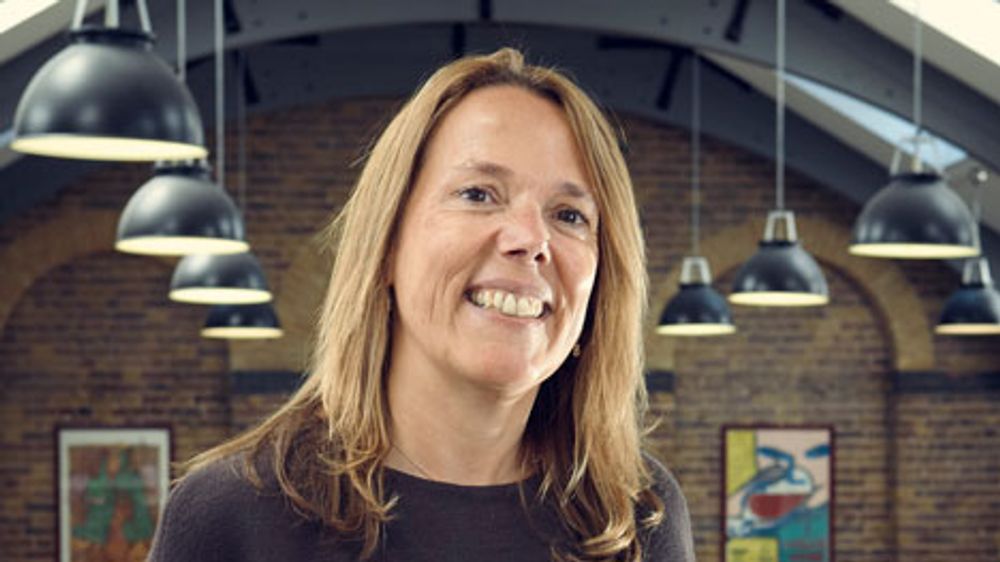
Diana Hunter, Conviviality’s chief executive, is driving the business forward by managing costs and overheads
It is one thing having impressive sales growth, but for a business of Conviviality’s size it is also how it manages its cost base that is going to be crucial to winning the hearts and wallets of its investors and shareholders.
They will, no doubt, be pleased to hear it has also set itself a target of cutting its overhead costs to 4.5% of total sales by FY20. Which will be a challenge to do considering they have increased from £37.2m in FY16 to £80.3m for FY17 following the acquisitions.
Conviviality has also said it wants to cut overall costs to 8.6% of sales also by FY2020. It is putting in place a series of steps to streamline processes and remove duplication across the business in order to achieve those results.
If it does then it will be on course to hit its gross margin targets that it hopes will be up 13.3% in FY17, up from 12% in FY16, and a big leap from the 9.2% they were in FY14.
One hymn sheet
To do all this requires a workforce all pulling in the right direction. Which considering the amount of change that is taking place behind the scenes will be some achievement in itself.
Crucially, the Conviviality management team has said from day one that it still wants all the different areas of the business to act autonomously.
Yes, there is central and group buying where appropriate but it is effectively running separate business units focused on their specific areas of the drinks industry.
That has meant it has been able to largely keep if not promote key individuals across the group. By having its trading divisions physically and emotionally apart it means senior staff members, many who have been with their respective businesses for years, are still in charge of even bigger budgets and larger portfolios.
After all if you are going to run a company the size of Conviviality it is just as much about managing egos as it is hitting sales and profits targets.
Company culture
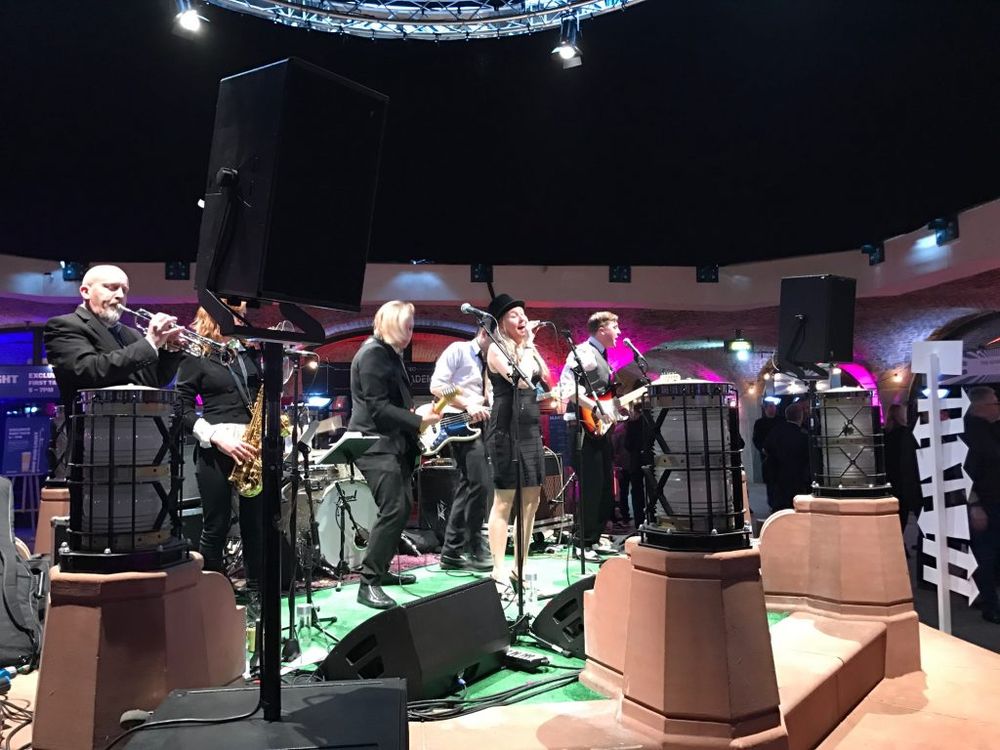
Events such as Matthew Clark’s annual tasting have been important this year in bringing the company together as well as talking to customers
Noticeably Diana Hunter, chief executive of Conviviality PLC, who largely likes to keep in the background, is quick to always talk about a strong company “culture” being responsible for delivering its results. She appears very aware of the need to build an internal confidence about what the company is doing so that it can then build on the “resilience” of an “enlarged group”.
A “culture” that she hopes encourages staff to be “entrepreneurial and innovative”. A “culture” that stretches through to “serving our customers well” and “working in partnership with our suppliers”.
With so much of PLB’s, Matthew Clark and Bibendum’s business success resting on the performance of its sales reps out in the field it suggests whatever central office messages are being sent out, they’re being received and well executed on retail and restaurant floors.
It is also looking to “harmonise” terms across the group so that the business is working in the same way. The fact it operates in all channels of the industry means it is well placed to spread the risk of price increases from its supply base.
It is, for example, looking to upgrade and digitise far more of its sales operation and all sales staff will be able to take orders digitally from October. A move it hopes could see customers spend £100 per digital order than through traditional means.
One stop shop
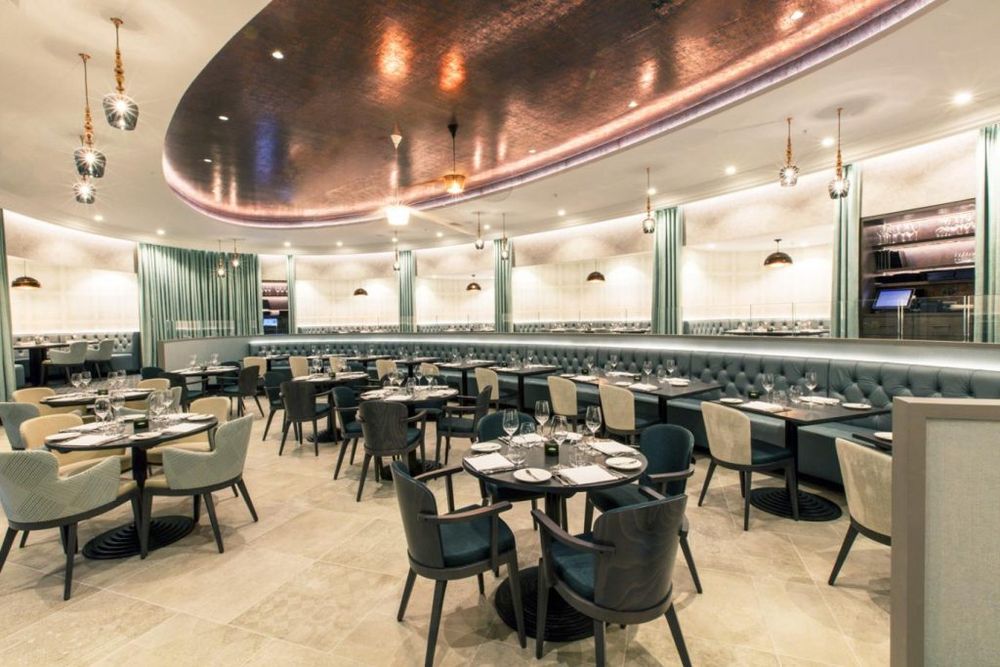
More business from key accounts like M Restaurants in London is helping to drive the overall business
Crucially for a business with such scale, and worrying for its competitors, is has seen average spend per individual customer going up.
In the on-trade that means sales per outlet are up 4.8% suggesting that customers are going to Conviviality for more of their range and treating is a one stop shop. Exactly what is hoping for.
It is also keeping its shareholders happy with a full year proposed dividend up 33% to 12.6 pence compared to 9.5 pence last year.
Profit levels?
That said its profit levels are coming from a low base at £22.5m for FY17, up from £9.1m at the end of 2016 financial year. But considering it is now turning over £1.56 billion in sales it must be looking at a higher basic profit figure. This is an area its competitors will draw some light comfort from and keep its shareholders calling for more profit growth now that its acquisitions have bedded in. Its net debt might have grown below expectations to £95.7m, but that is still a considerable chunk of money to have on your books.
Future trading
It appears to have carried the momentum of last year in to this financial year with “strong” trading for the nine weeks up to July 2.
Conviviality Direct has seen sales up 9% on last year, Conviviality Retail, with like-for-like sales up 0.5% and Wine Rack up 4.0% and Conviviality Trading is 7.6% above last years position at this time.
There will, no doubt, be other big dates in Conviviality’s history announcing other major business acquisitions, but for now, it’s day-to-day figures like these that will keep Conviviality’s customers, suppliers, producers, shareholders and staff happy.




























